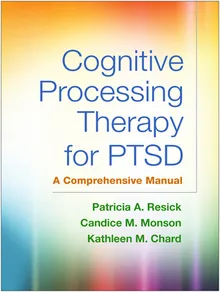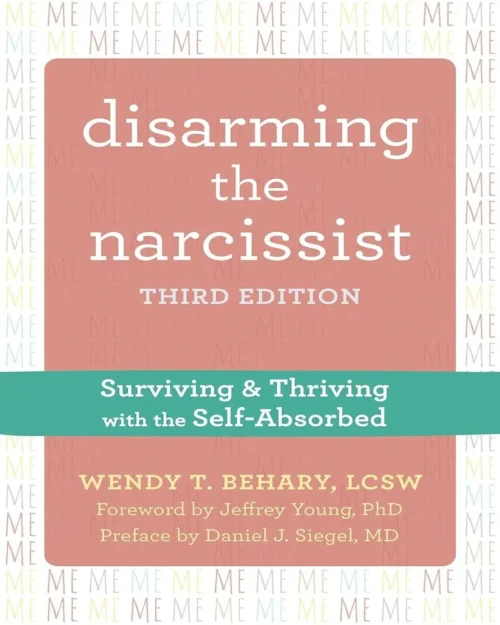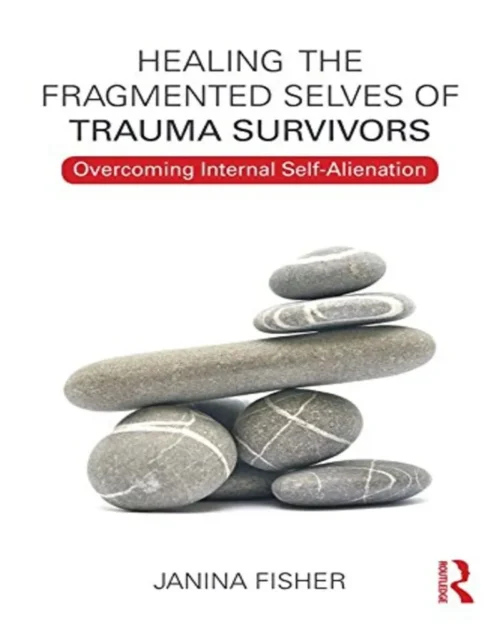This “well-organized, valuable” guide draws from somatic-based psychotherapy and neuroscience to offer “clear guidance” for coping with childhood trauma (Peter Levine, author of Waking the Tiger and In an Unspoken Voice).
Although it may seem that people suffer from an endless number of emotional problems and challenges, Laurence Heller and Aline LaPierre maintain that most of these can be traced to five biologically based organizing principles: the need for connection, attunement, trust, autonomy, and love-sexuality. They describe how early trauma impairs the capacity for connection to self and others and how the ensuing diminished aliveness is the hidden dimension that underlies most psychological and many physiological problems.
Heller and LaPierre introduce the NeuroAffective Relational Model® (NARM), a method that integrates bottom-up and top-down approaches to regulate the nervous system and resolve distortions of identity such as low self-esteem, shame, and chronic self-judgment that are the outcome of developmental and relational trauma. While not ignoring a person’s past, NARM emphasizes working in the present moment to focus on clients’ strengths, resources, and resiliency in order to integrate the experience of connection that sustains our physiology, psychology, and capacity for relationship.
















I will be reading it again as there is such a dense concentration of helpful and healing tools/ resources presented over the course of these pages. At times, it was not easy to read, but the authors conveyed their message of hope and healing in a gentle, non-judgmental, helpful manner. I learned a lot from this book. Worth every penny.
Its the very best I've seen and I strongly recommend it if you want to learn about this field. If you want to reverse trauma and recapture your life then also buy "Healing Trauma" by Peter Lavine
The book remains focused on the issue of trauma and its concrete impacts. Rather than getting dogmatic or attempting to discredit, the authors take an integrative and wholistic approach that rewards the reader with a very sensible, full picture of trauma and how it works on both the biology and the spirit/mind/emotions/psyche. While intended for therapists most likely, it is of obvious interest to anyone suffering from early trauma who wishes to have control over their treatment and recovery.